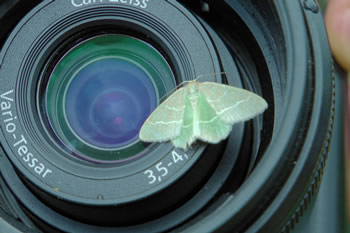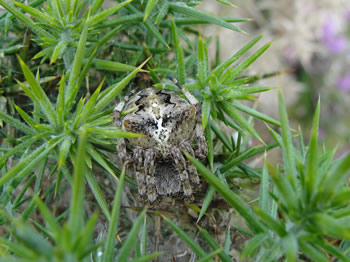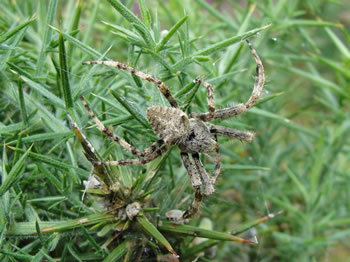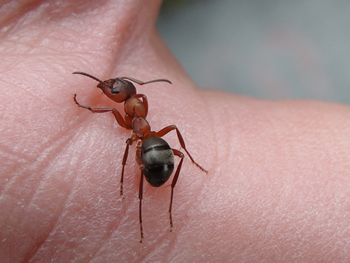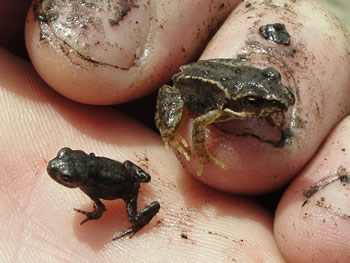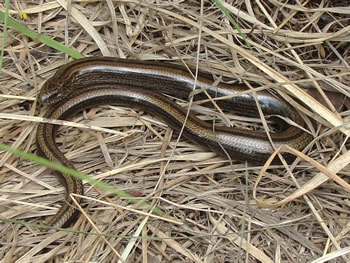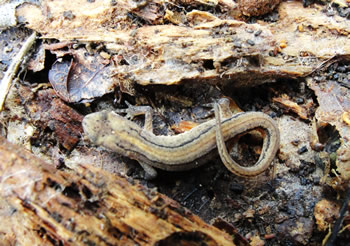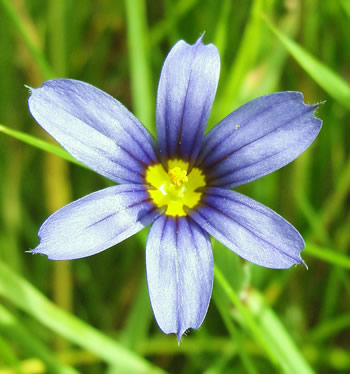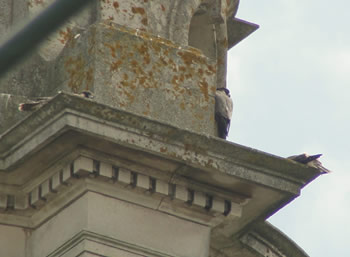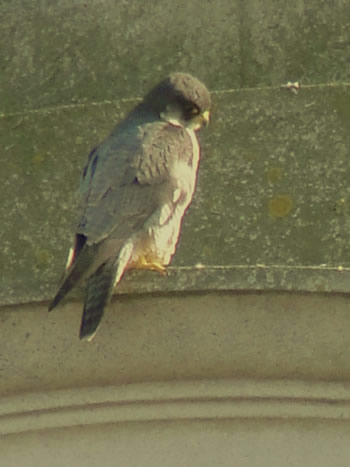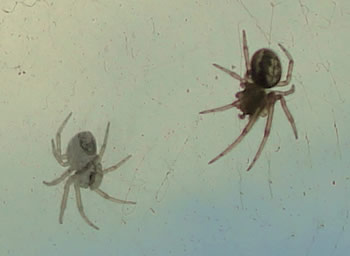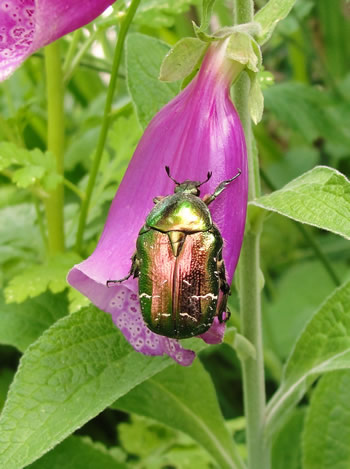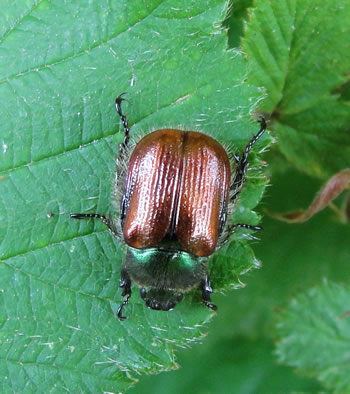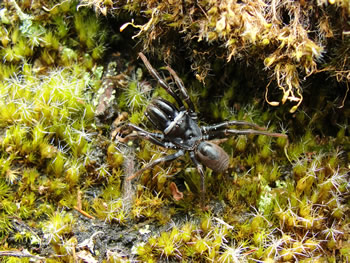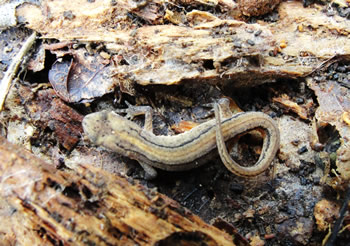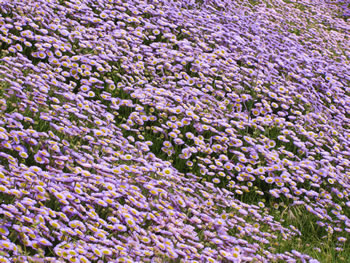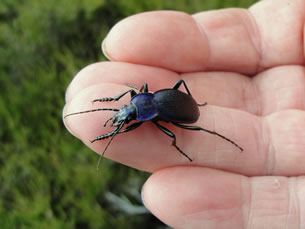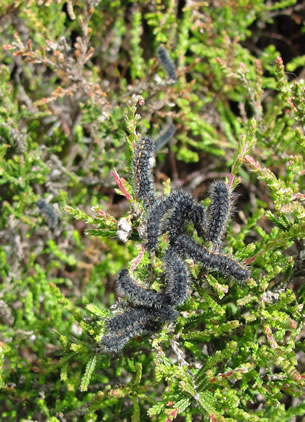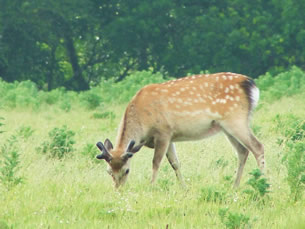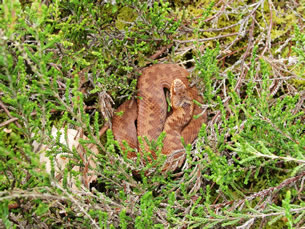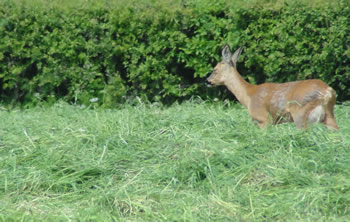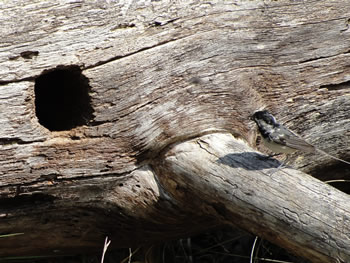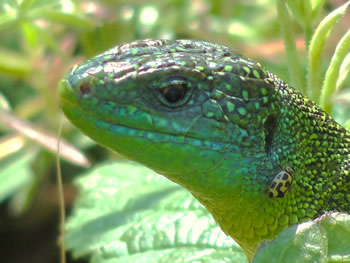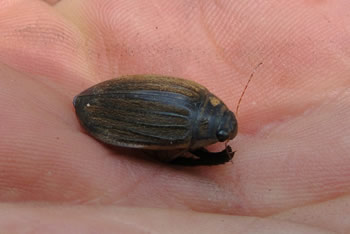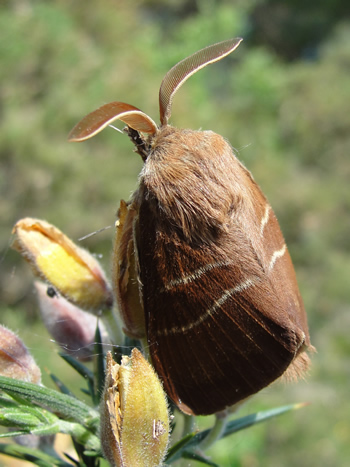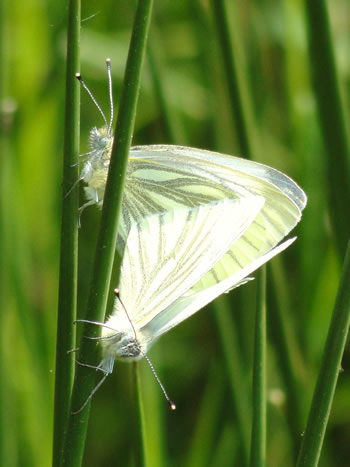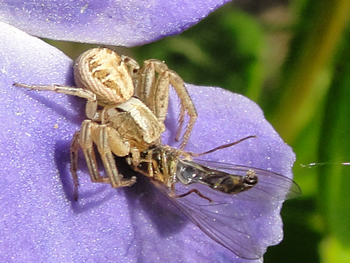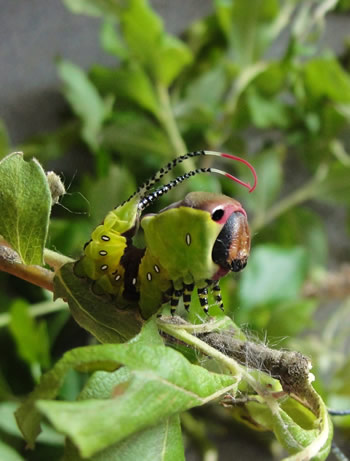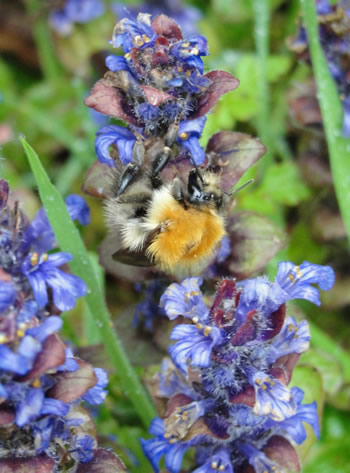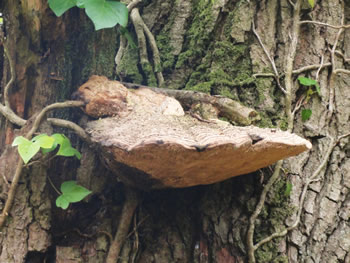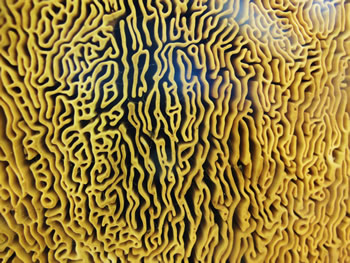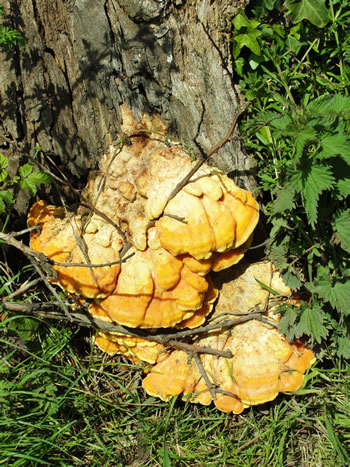There are lots of different moth and butterfly larvae to be seen now.Tents of silk can now be seen in bushes and trees. In a local nature reserve several good species of caterpillars were found in one morning.
The Garden tiger moth(Arctia caja) is not as common as it used to be. Here a larvae eats gorse, one plant among many that the species targets.
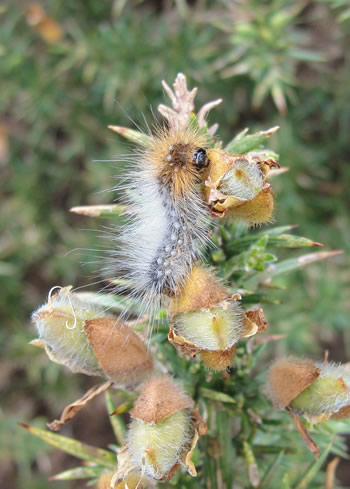
The Lackey moth(Malacosoma neustria)is a communal tent making moth. Many species do it to reduce predation, and to keep warm. Most moth larvae and some butterfly larvae can produce silk and moths are renown for it, especially the silk moths. Here a group of lackey moths are living in a tent.
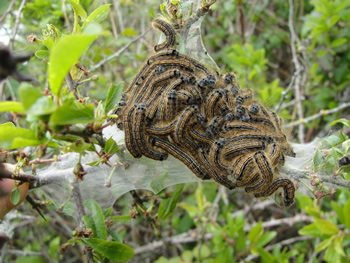
The Brown tailed (Euproctis chrysorrhoea)moth is very common and many tents adorn brambles, oak trees or other low growing plants particularly by the coast. The hairs sometimes can be an irritant to some people. The larvae are very beneficial to many birds and animals.
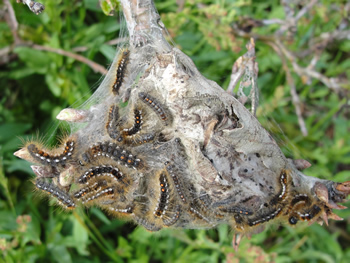
Another tent making moth larvae is the small Eggar moth, (Eriogaster lanestris) a red data book species; that means that it is rare and threatened. Hawthorn (crataegus laevigarta)plays host to many a moth species.
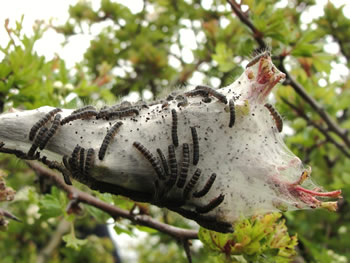 A species that is becoming renown lately is the Ermine spindle moth (Yponomeuta cagnagella ) because it covers hedgerows with silk and often huge swaves of roadside spindle, (Euonymus europaeus)looks amazing as it is white, baffling many people and the larvae strip the bushes of leaves. At the moment the larvae are small and in tiny tents.
A species that is becoming renown lately is the Ermine spindle moth (Yponomeuta cagnagella ) because it covers hedgerows with silk and often huge swaves of roadside spindle, (Euonymus europaeus)looks amazing as it is white, baffling many people and the larvae strip the bushes of leaves. At the moment the larvae are small and in tiny tents.
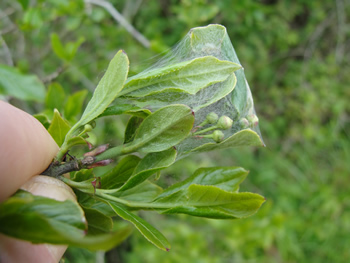
Spiderlings of many spider species especially the orb web weavers are now hatching and dispersing. Here young Araneus species leave the shelter of the nest and balloon, that is shoot out a long line of gossamer thread to be picked up by a breeze.They fly high and can travel for many miles.
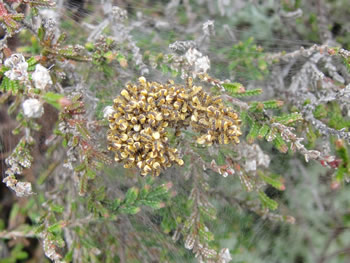 They will take a while to grow and will be more noticeable in late summer.
They will take a while to grow and will be more noticeable in late summer.
I found an odd leaf beetle at a reserve this week . I am at a loss at to what species it is.
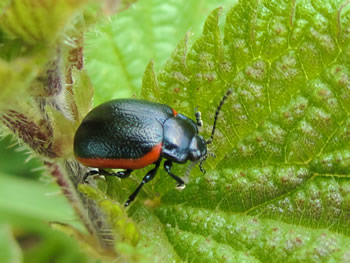 It could be a colour variation of an uncommon species.I will update this post when I suss it out.
It could be a colour variation of an uncommon species.I will update this post when I suss it out.
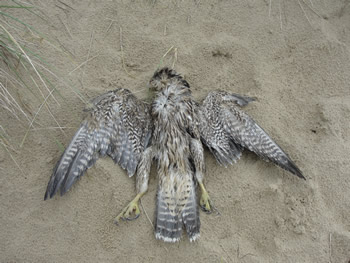 On the heathlands, the heathers are flowering very early due to all the rain we have had, and here the flowers of the cross leaved heath display an unidentified leaf beetle.
On the heathlands, the heathers are flowering very early due to all the rain we have had, and here the flowers of the cross leaved heath display an unidentified leaf beetle.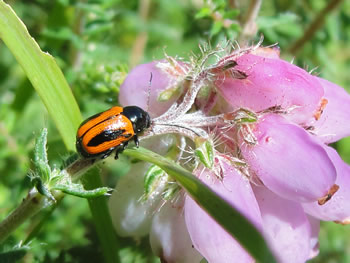 Also an unidentified Geometrid moth, one of the emeralds was found on a B.N.S.S field meeting.It settled on the lens of my camera.
Also an unidentified Geometrid moth, one of the emeralds was found on a B.N.S.S field meeting.It settled on the lens of my camera.
